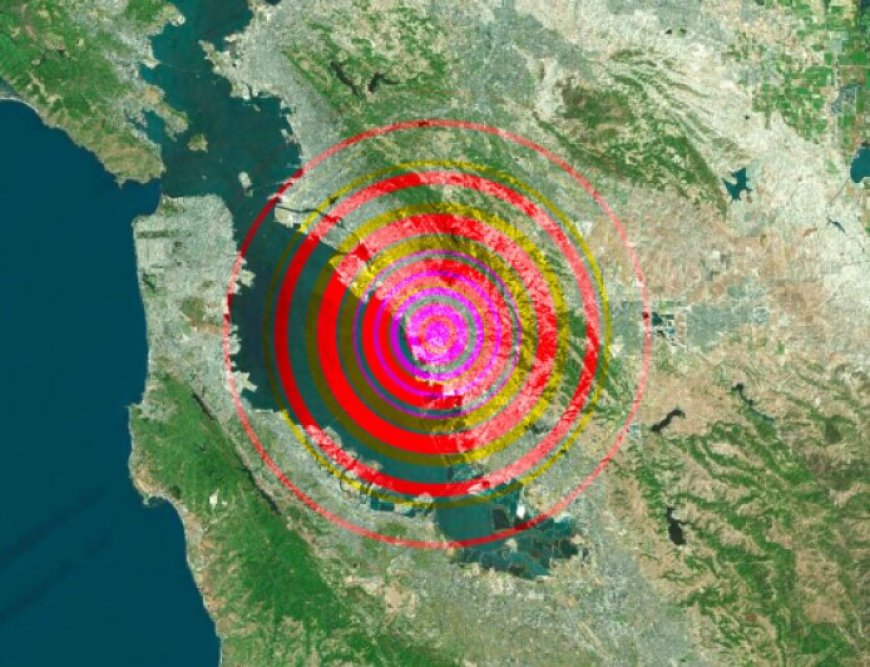Chittagong and Sylhet are in danger of major earthquake
Thousands of people were injured in the earthquake in Turkey and Syria. Bangladesh is not exempted from the danger of earthquakes

Thousands of people were injured in the earthquake in Turkey and Syria. Bangladesh is not exempted from the danger of earthquakes. Energy has been accumulating at the junction of the India and Burma plates for a long time. And Bangladesh is located at this junction. As a result, Bangladesh remains at risk of earthquakes, especially Sylhet and Chittagong region.
Scientists consider the earthquake that occurred in Turkey and Syria to be one of the worst earthquakes in recent times. They say that this terrible earthquake occurred when the Arabian plate under the ground of the area moved northward and hit the Anatolian plate.
Chittagong region at risk
- The India plate is subducting under the Burma plate to the east and the Burma plate is subducting to the west. As a result, the amount of pressure that is being created there can cause an earthquake of more than eight magnitudes. As a result, Sylhet to Chittagong region is at great risk of earthquake.
Dhaka University along with Columbia University has researched this for two decades. It has been observed that the junction of the India plate and the Burma plate has not been de-stressed by any earthquake for a long time. As a result, strong pressure has accumulated there for 400 to 1,000 years.
Geological experts say that like Turkey-Syria, Bangladesh is also at risk of severe earthquakes. Bangladesh is located at the junction of the Tibetan sub-plate to the north, the Indian plate and the Burma sub-plate to the south. And because there are several plates in Bangladesh from Sylhet to Chittagong region, these areas are at risk of major earthquakes.
The whole country is shaking in the earthquake
- Every now and then the whole country shakes with small and medium earthquakes. In the last 15 years, the country was shaken 141 times by small and large earthquakes. Experts say that small tremors are indicative of larger earthquakes. Within a hundred years of the great earthquake, another great earthquake occurred. As such, the danger of major earthquakes in the next few years is evident. Urban planners say that many old buildings, unplanned construction of buildings, non-following of building codes in building construction have increased the earthquake risk several times.
A joint study by the history department of BUET and Dhaka University shows that when an earthquake of more than 8 on the Richter scale struck in Assam, India, 250 km away, 10 percent of Dhaka's buildings were damaged.
What's Your Reaction?











































